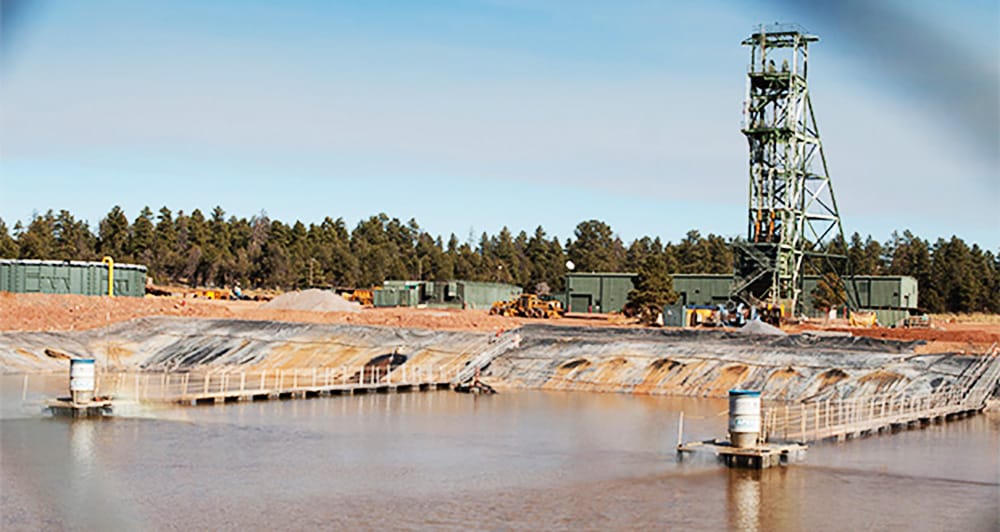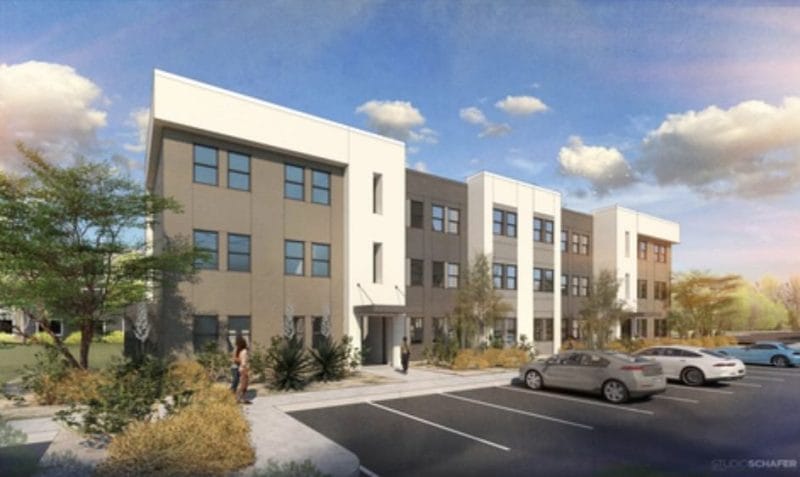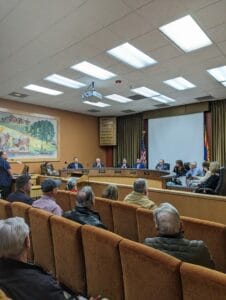The Canyon Mine, 15 miles south of Grand Canyon National Park, opened in 1986, but has produced no ore because of low uranium prices. /Photo by Jake Eldridge/Cronkite News
By Evan Oscherwitz | Arizona Capitol Times
While Democrats work on two fronts to protect the Grand Canyon, conservationists disagree on one of the measures.
The Biden administration has set out to conserve 30% of American lands and waters by 2030, an ambitious goal that would require the collaboration of local and state governments, conservationists and indigenous peoples, and his gameplan heavily stresses the need for local governments to lead the charge on conservation efforts.
Relying on local governments to halt proposed mining operations in the vicinity of the Grand Canyon worries conservation experts like Joe Trudeau of the Center for Biological Diversity.
Trudeau, who specializes in helping protect wilderness areas in the Southwest from logging, mining and what his group considers other potentially harmful practices, fears that local governments will side with the mining companies rather than working to protect the land from exploitation.
“There’s the cultural resistance to [protecting land] in a lot of Western states,” he said. “There are people who just don’t trust entities that protect land from development, whether that’s the government or land trusts or conservancies. A lot of trust needs to be built there.”
The canyon is a source of livelihood for many Arizona residents. While its scenic views and unique rock formations attract an estimated 5.9 million tourists every year, the canyon’s plentiful supply of uranium has also drawn in mining operations that threaten to pollute the Colorado River and the surrounding forests.
The canyon has been under a 20-year moratorium on new mining claims enacted in 2012, but the moratorium did not affect existing permits, which includes 1 million acres outside the park but within the canyon’s watershed.






